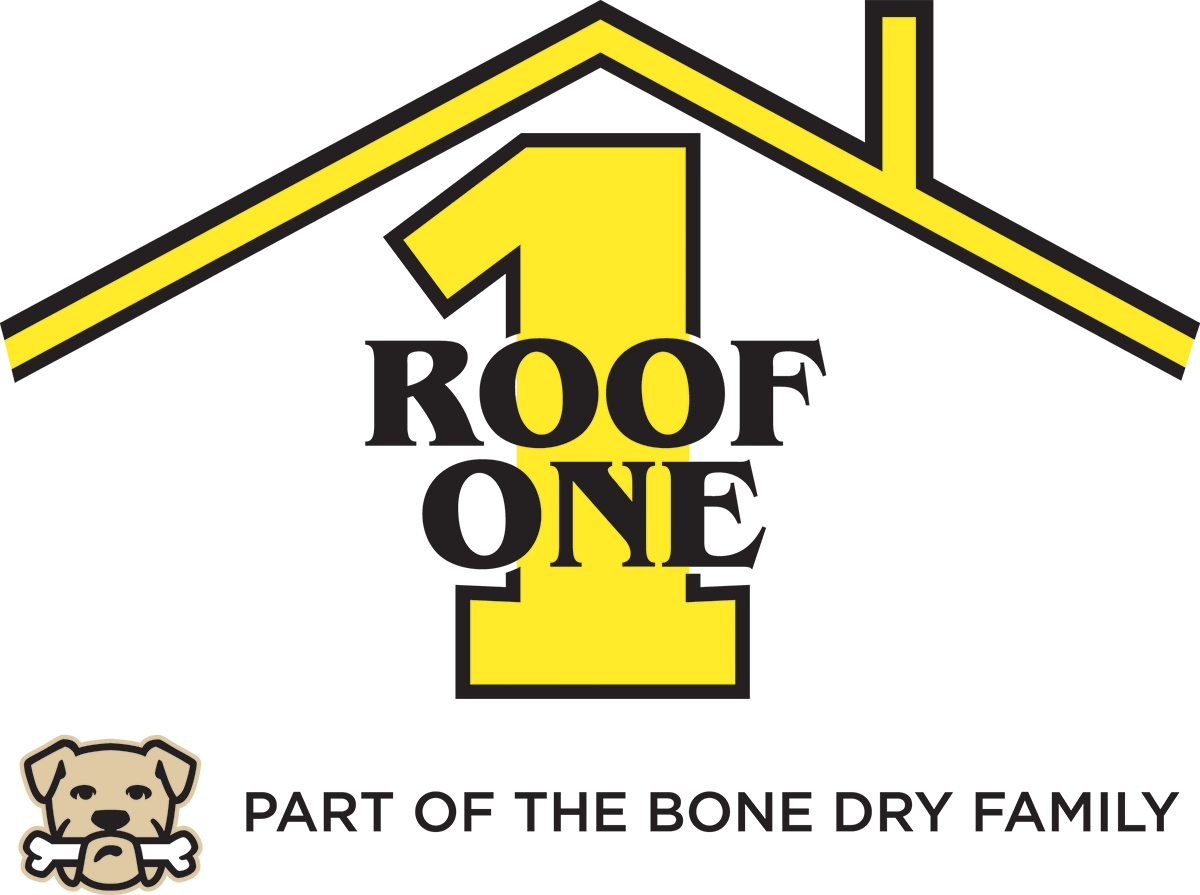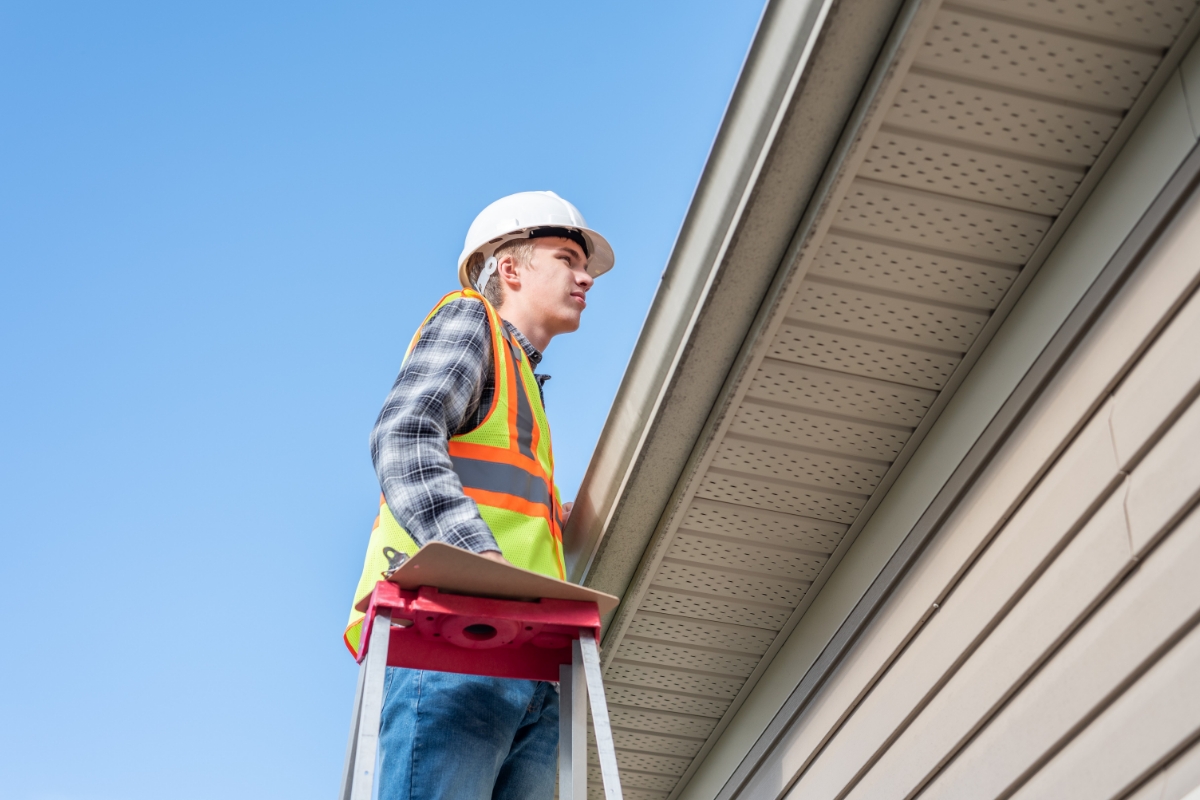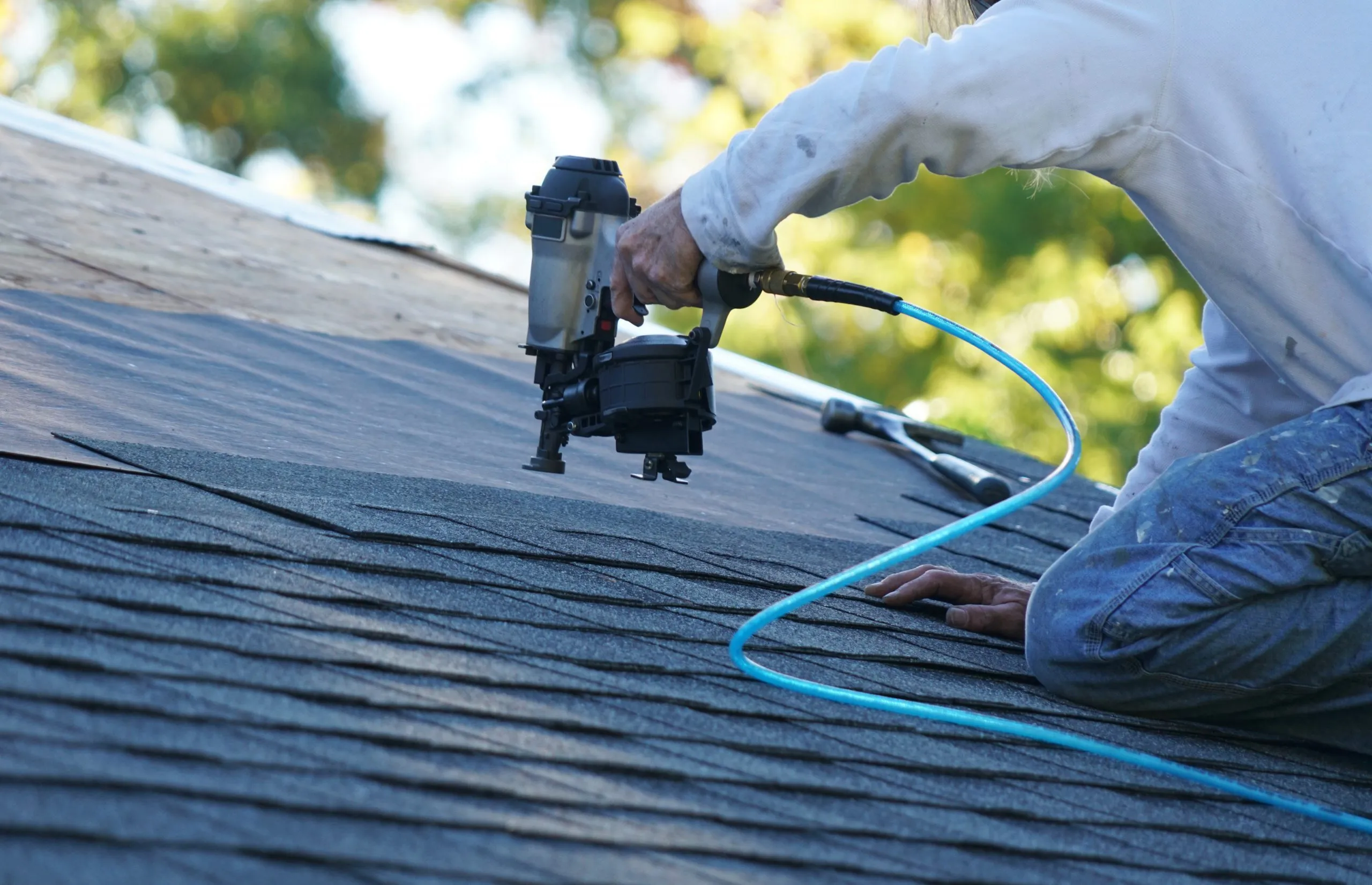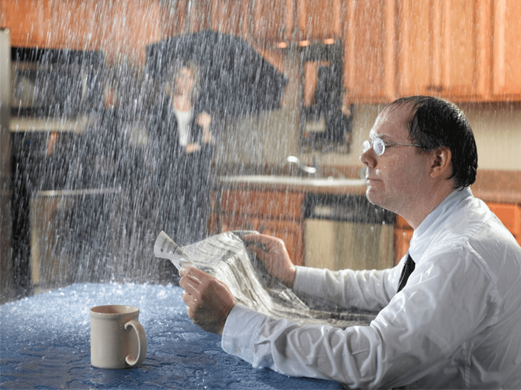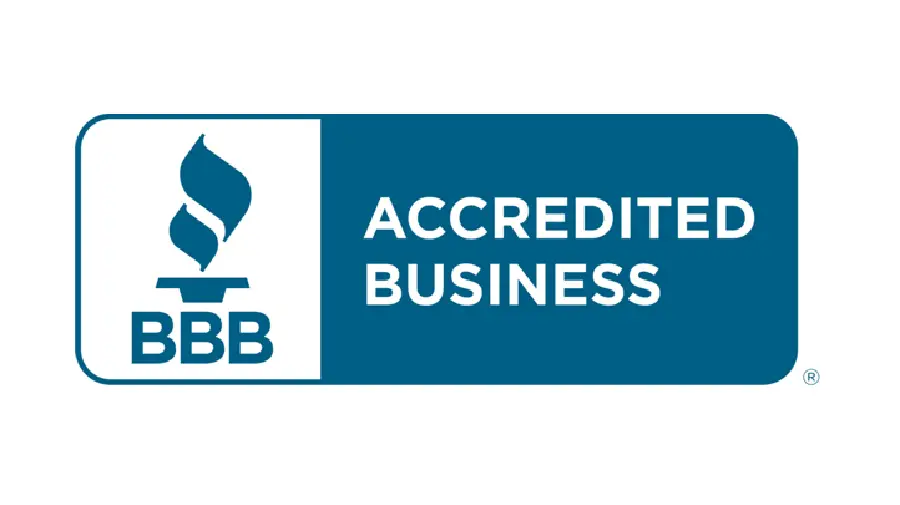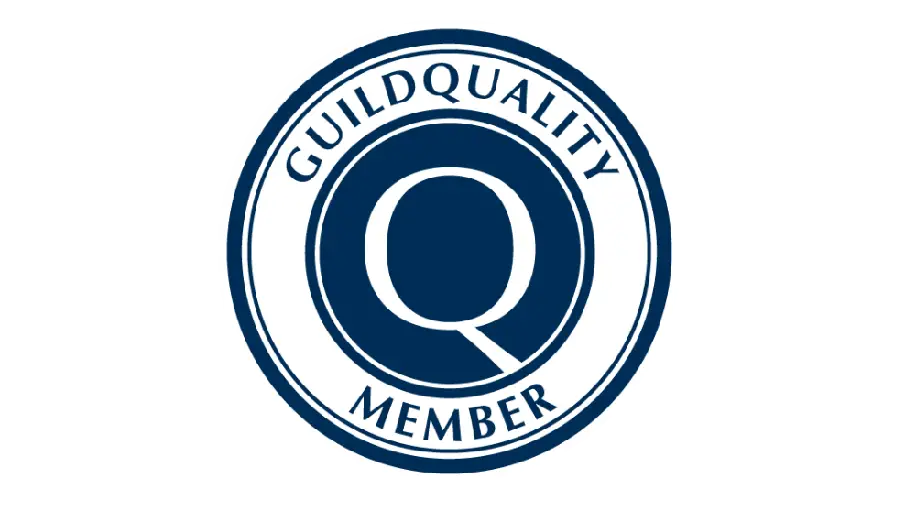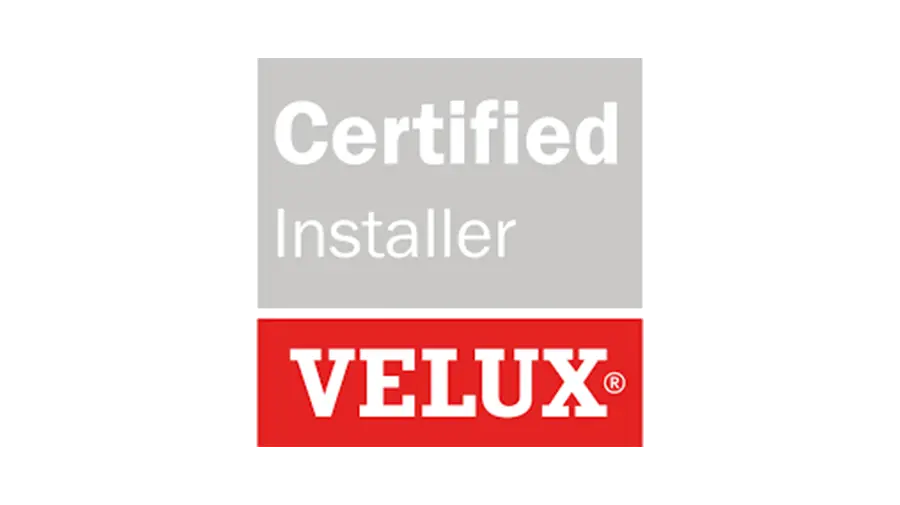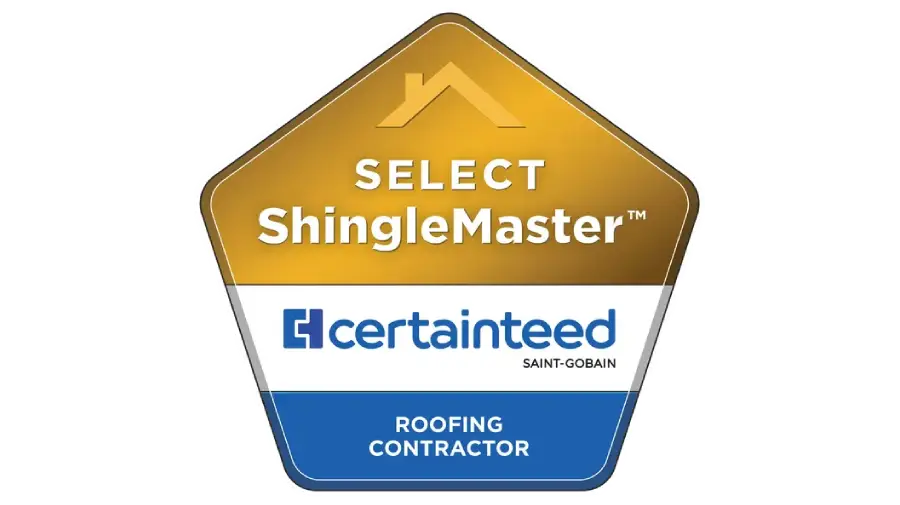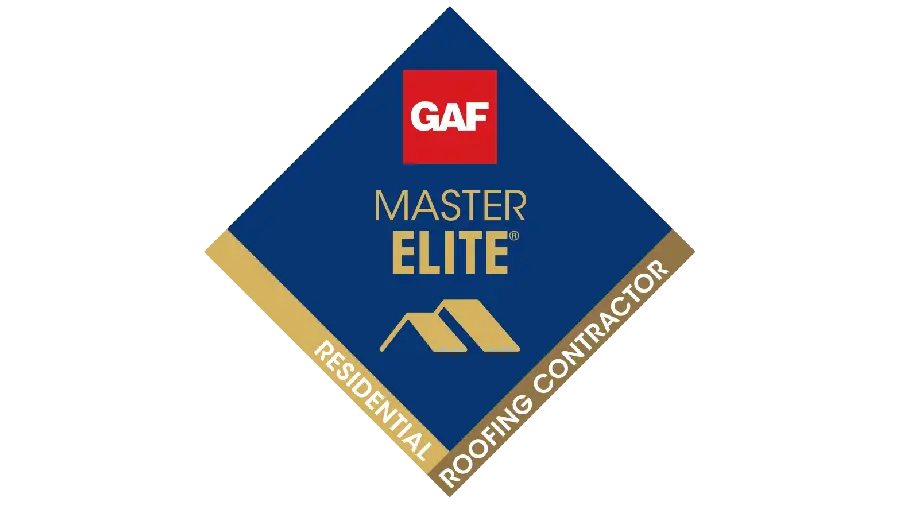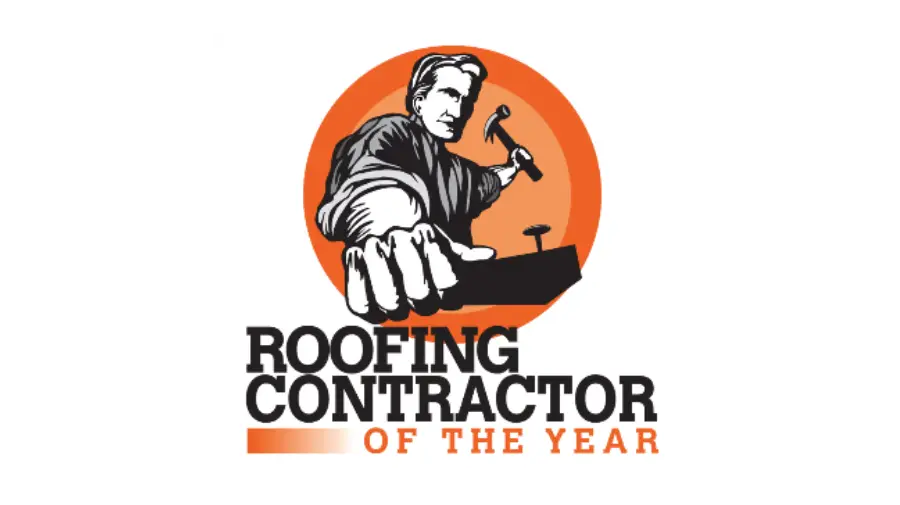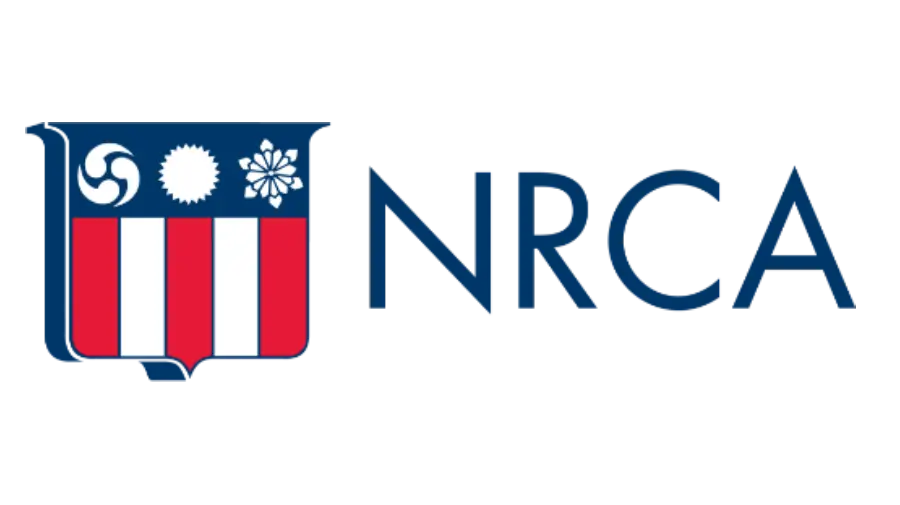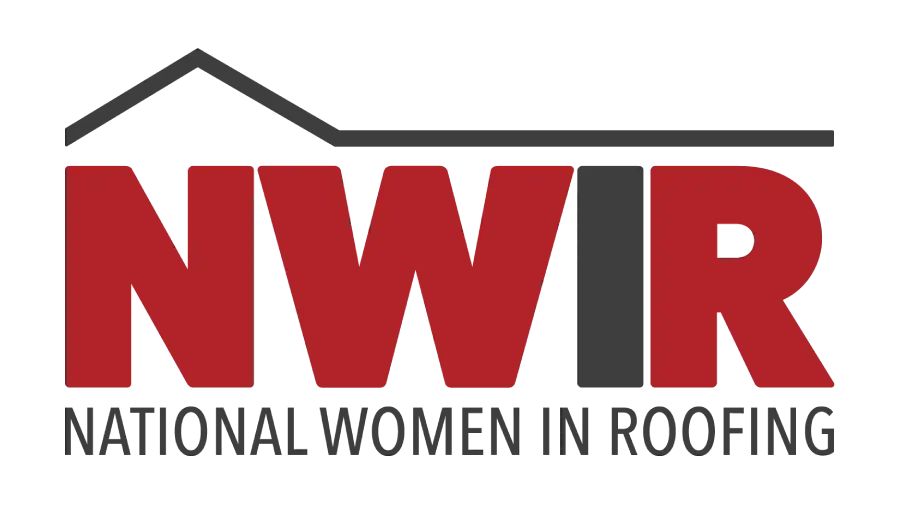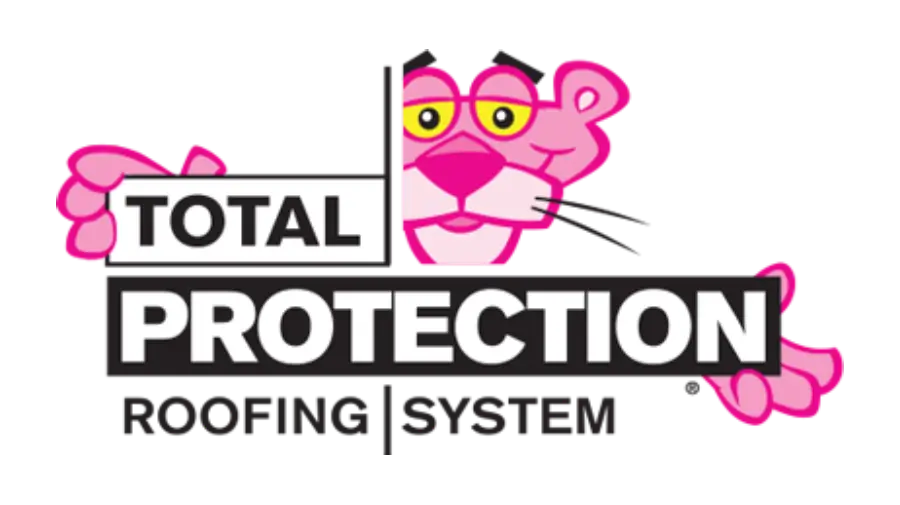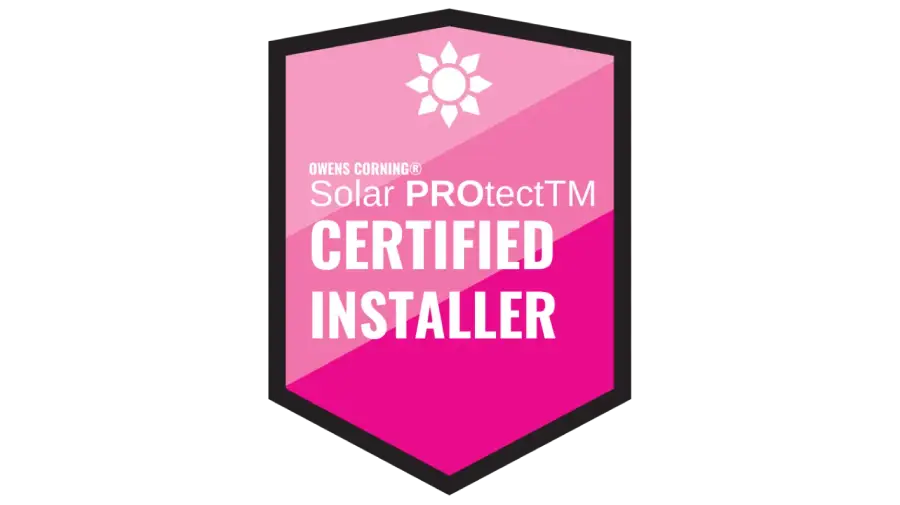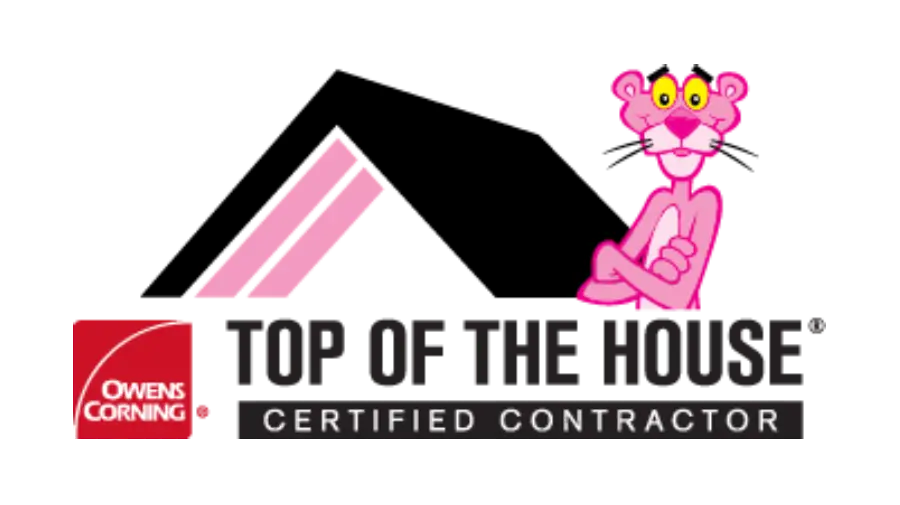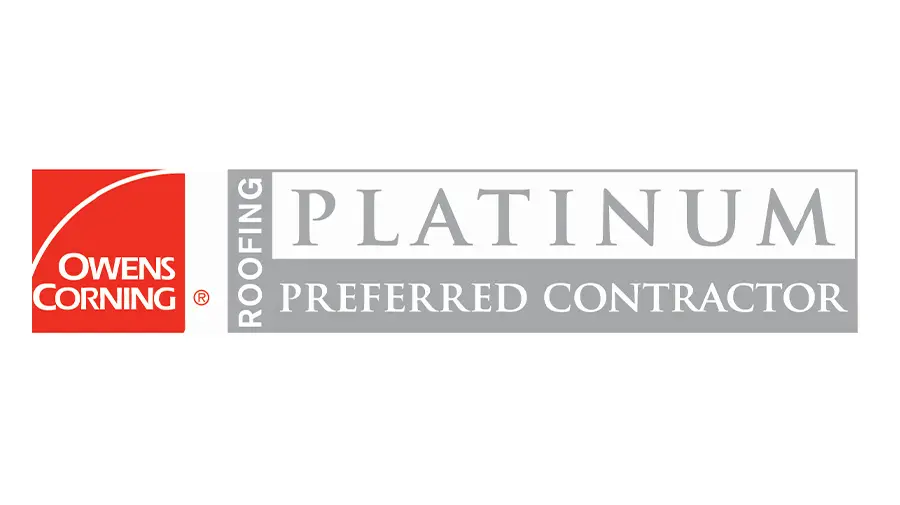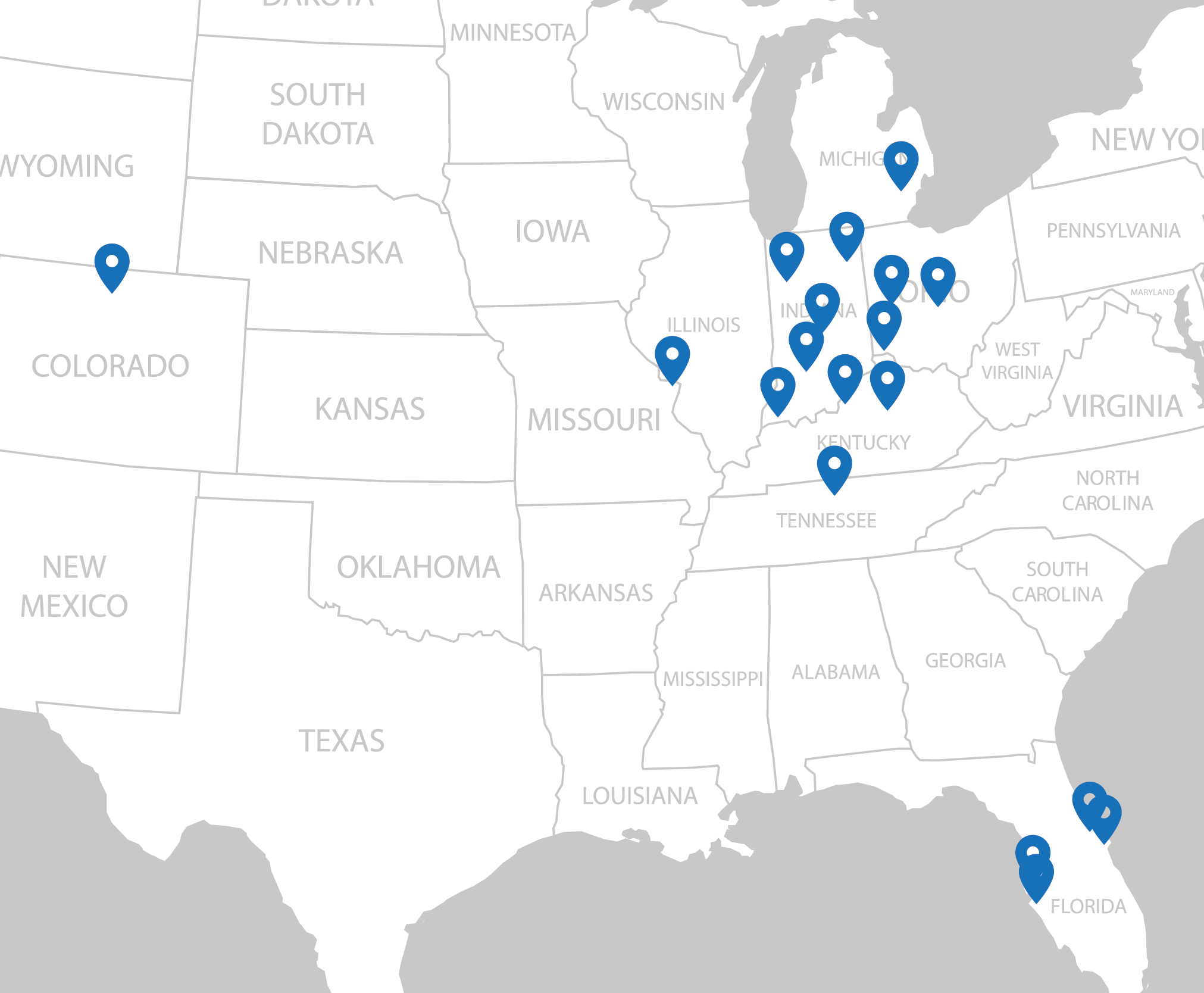How to Address 5 Consequences of Roof Leaks
Roof leaks. The mother of all maintenance concerns that property managers and building owners face. Roof leaks equate to time and expenses that you might not have budgeted for. How can something so physically small cause such large problems? Beyond the damage to the roof itself, roof leaks can create several major headaches inside the building. Called “consequential damage,” these issues are unlikely to be covered by any roofing system warranty, and if left to fester, the cost of addressing these issues can be exponentially higher than what it would have cost to proactively maintain your roof in the first place. Here are five common forms of consequential damage from roof leaks:
Here are five common forms of consequential damage from roof leaks:
1) Ceiling tiles falling and causing damage to inventory: It doesn’t take much of a leak before water causes walls, floors and ceilings to deteriorate to the point it also damages inventory, furniture and equipment inside the building. Now the leak is impacting your ability to sell, manufacture or simply perform work.
- What to do: It’s most important to determine the source of the leak to temporarily stop the water intrusion, so first check the most common leak points: missing flashing, cuts, tears, holes and open seams.
2) Slip and falls: It’s rarely a good sign when someone from human resources gets involved in your maintenance business, but that’s precisely what can happen when water from roof leaks causes slip and fall hazards – i.e. workers’ comp claims – inside the building. Litigation risks worsen if the building is one where customers would be present.
- What to do: To prevent slips and falls due to wet flooring, make sure you take immediate action to clean up the water, mark off the affected area, post “wet floor” signage and use absorbent mats.
3) Wet insulation: When insulation gets wet it does a number on your utility costs. It goes from being an insulator, saving you money, to a conductor, costing you additional money to heat and cool the building.
- What to do: Identifying wet insulation before it gets to the point of becoming a major issue typically involves infrared scans. Make infrared inspections a regular part of your routine maintenance program to save considerable dollars in the long run. Remove any wet insulation you find, and replace it with the same R-value thickness.
4) Mold/insects/contamination: Further, wet insulation is a breeding ground for mold, and it’s not uncommon to find instances of mold and bacteria growth in and around a roof system resulting from leaks. Insect infestation is another potential consequence. Costs to mitigate mold or exterminate insects can add up, not to mention code violations and disruptions to business operations.
- What to do: Your first step should be to further inspect the area to try and identify the extent of the mold and the source of the leak. No mold remediation is complete without locating and repairing any remaining building leaks, and no roof repair/restoration is quality work if it involves covering over mold contamination.
5) Acceleration of the age of the roof: The key to managing roof-related expenses is to get the most service life out of the roof as you can. You want to avoid costly replacements as long as possible through timely and disciplined maintenance, repairs and restorations. Water that penetrates the roof through a leak gets under the roof membrane and damages the deck, seams and mechanical fasteners, which in turn compromises your roof. In colder climates this can lead to ice formation under the laps, which, through expansion, further stresses the building and roof.
- What to do : Seek information on roof asset management programs that not only include visual and infrared analyses, but also extensive testing of the roof membrane, to calculate a roof’s service life expectancy and determine whether roof replacements can be delayed through cost effective restorations and/or repairs.
Roof leaks are no joke. Water is the silent enemy of roof systems, and it’s no picnic once it gets inside the building, either. Properly maintain and inspect your roofs. Have a reliable, trustworthy contractor on speed dial and don’t hesitate to make the call.
—buildings.com
